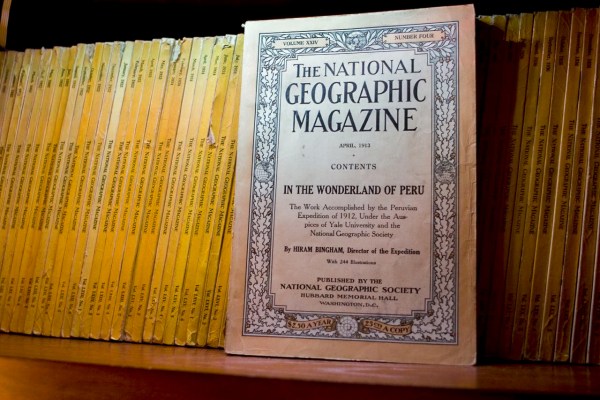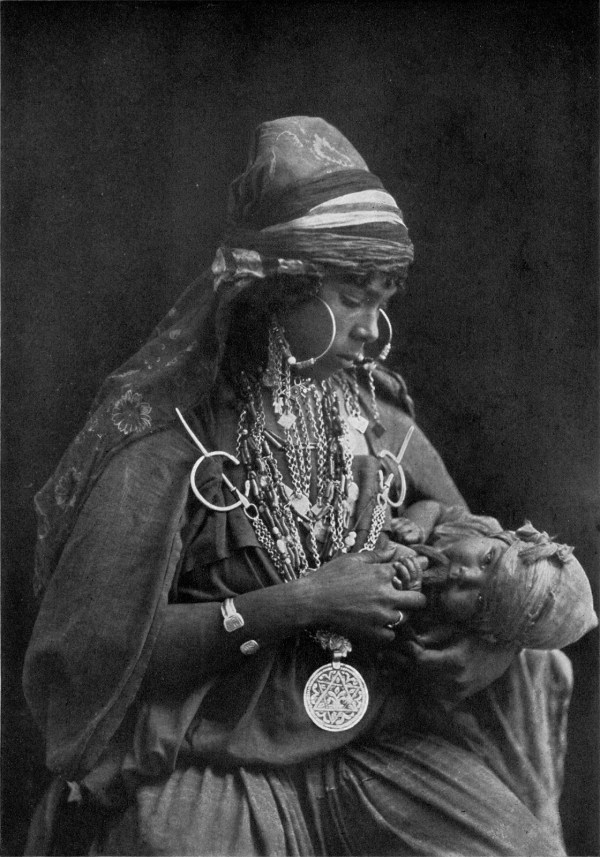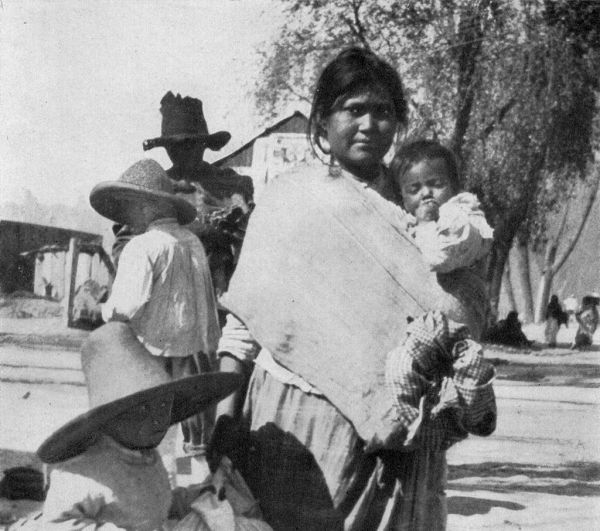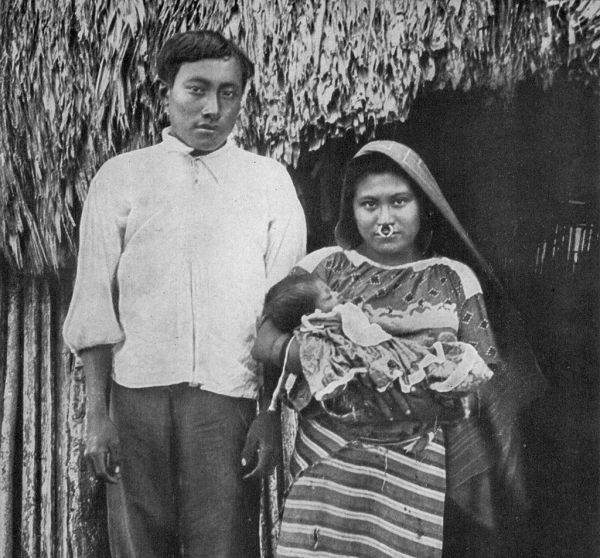We can’t fix a problem until we acknowledge it. And we can’t make amends for our mistakes until we admit we made them.
But that’s hard to do.
Depending on the severity of our mistake, acknowledging it can be embarrassing or maybe even shameful. It makes us look bad, and in a era where we carefully curate our personal “brand,” that’s not something most of us are willing to do.
We scramble to be “woke,” to show that we “get it,” and to distance ourselves from past mistakes and old ideas that we’ve now abandoned. We try to bury our old selves and pretend like we’ve always had it together. 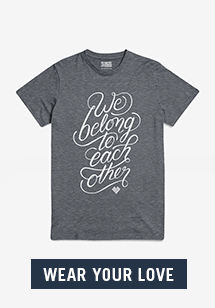
But for most of us, especially those of us in majority cultures, that’s simply not true.
As a product of our environment and culture, most of us have moments, conversations, or work we wish we could take back. If we reflect on these moments, we can see that we were perpetuating stereotypes, propping up sexism, defending injustice, or harboring subtle (or not-so-subtle) racism.
I look back and cringe at stuff I said in high school and college… or last month when I used a term I grew up with, only to realize how inappropriate it was as it was coming out of my mouth. I tried to snatch it out of the air before it hit anyone’s ears, but I was too slow and had to apologize instead.
At least I know I’m not alone in my regrets. Recently National Geographic made a startling confession, acknowledging that their magazine’s coverage has been racist for decades. In an article published on their website, the magazine admitted their failures and committed to doing better.
But the magazine didn’t just say their coverage has been racist, they hired an outside consultant to go through all of their past issues and assess how they’ve done on matters of race.
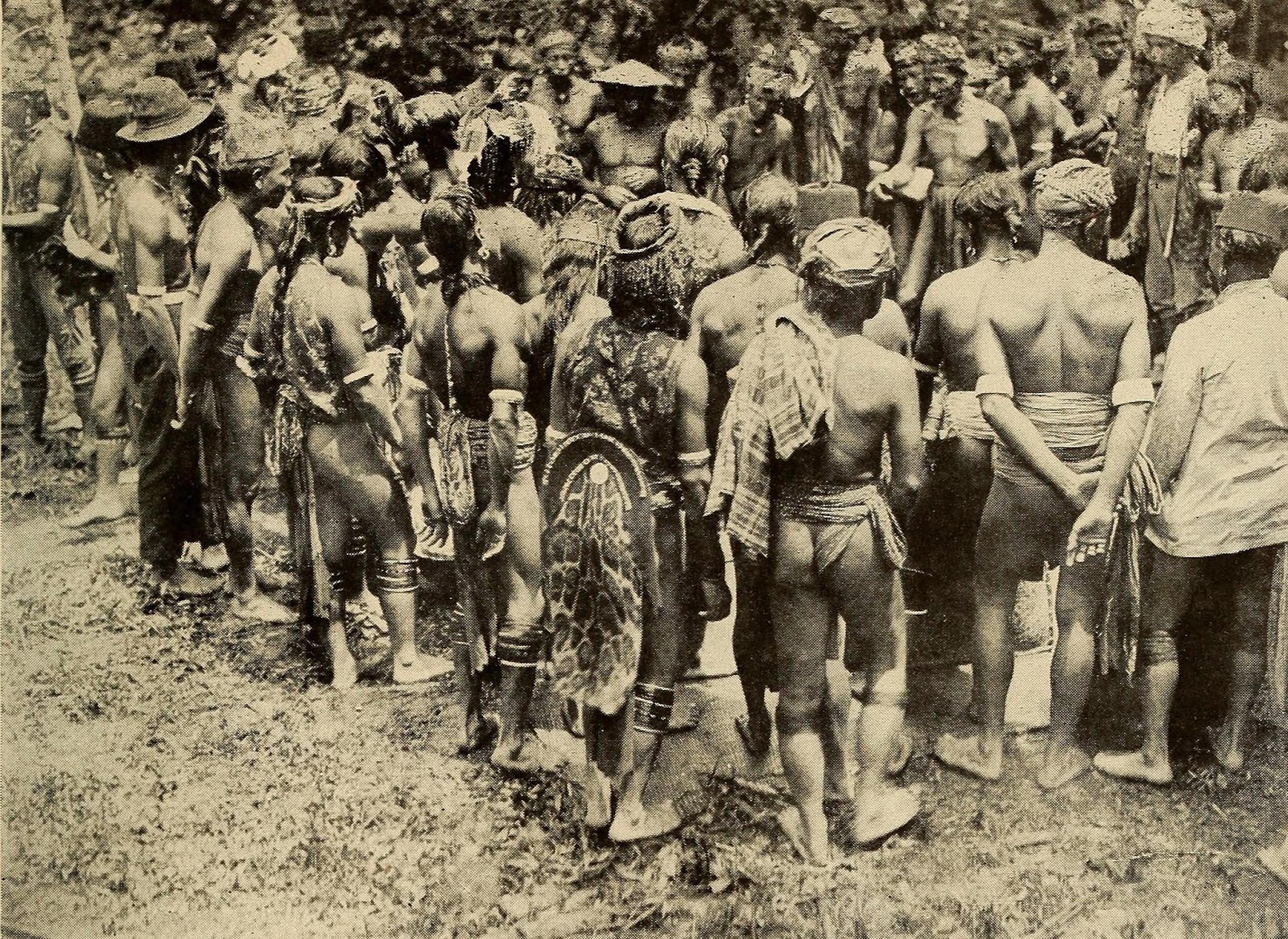
Then they published the findings, despite the fact that they were terribly unflattering. They included some of the most offensive statements and photos they’ve ever published. They explained what they did wrong and how it perpetuated racism around the world. From calling Aboriginal Australians “savages” to reinforcing stereotypes about the exoticism of Pacific Islanders—National Geographic didn’t cut themselves any slack.
The magazine’s editor in chief, Susan Goldberg, freely admits, “Until the 1970s National Geographic all but ignored people of color who lived in the United States, rarely acknowledging them beyond laborers or domestic workers. Meanwhile it pictured ‘natives’ elsewhere as exotics, famously and frequently unclothed, happy hunters, noble savages—every type of cliché.
“Unlike magazines such as Life, National Geographic did little to push its readers beyond the stereotypes ingrained in white American culture.”
They looked their failures straight in the eye and called them what they were. Not to shame themselves or as some kind of twisted self-flagellation, but so they could move forward into a better future.
This is a vital first step toward peacemaking. A first step toward building a more beautiful world.
We cannot do better unless we first admit where we went wrong. It’s painful. It’s embarrassing. It’s unflattering. But it’s what needs to happen. Healing hearts across enemy lines has to begin with our own.
Being aware of our faults and failures—so we can move beyond them—is integral to peacemaking, both on an individual and a communal level. For us personally, for our local communities, and for entire countries.
May we be so committed to peacemaking that we not only look forward, but look back to repent, lament, and commit to doing better.
Where can you start today? Do any moments stick out in your mind? Can you write them down, share them publically, or discuss them with your fellow peacemakers? Take the first step right now, and let us know how it goes.
Peacemaker Fridays are published weekly to share stories of people unmaking violence around the world. Be inspired. Take action.
*Featured image by Kolby
*The entire June 1919 issue can be seen here.
*Images and captions from the June 1917 issue can be seen here.


